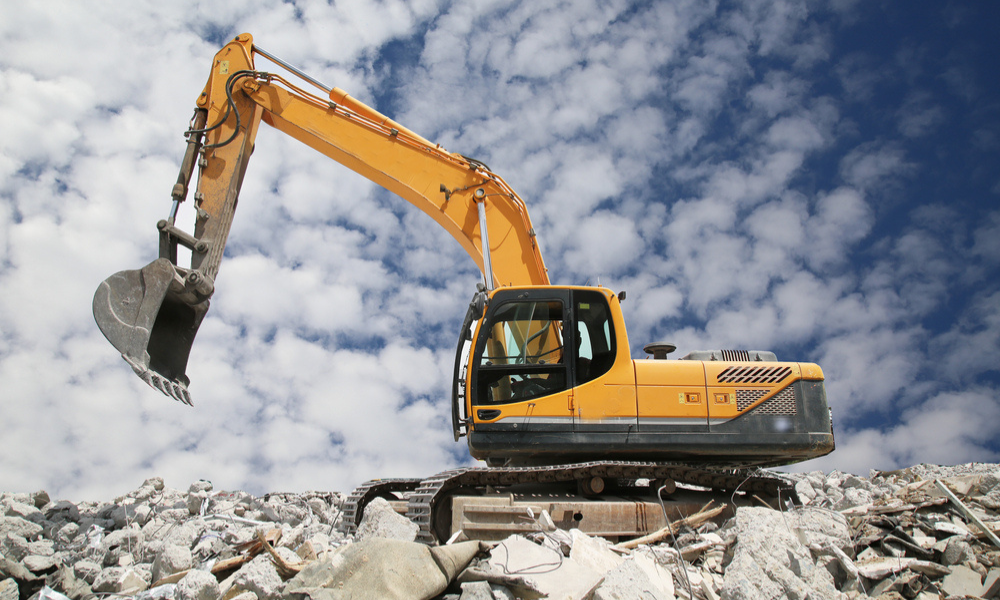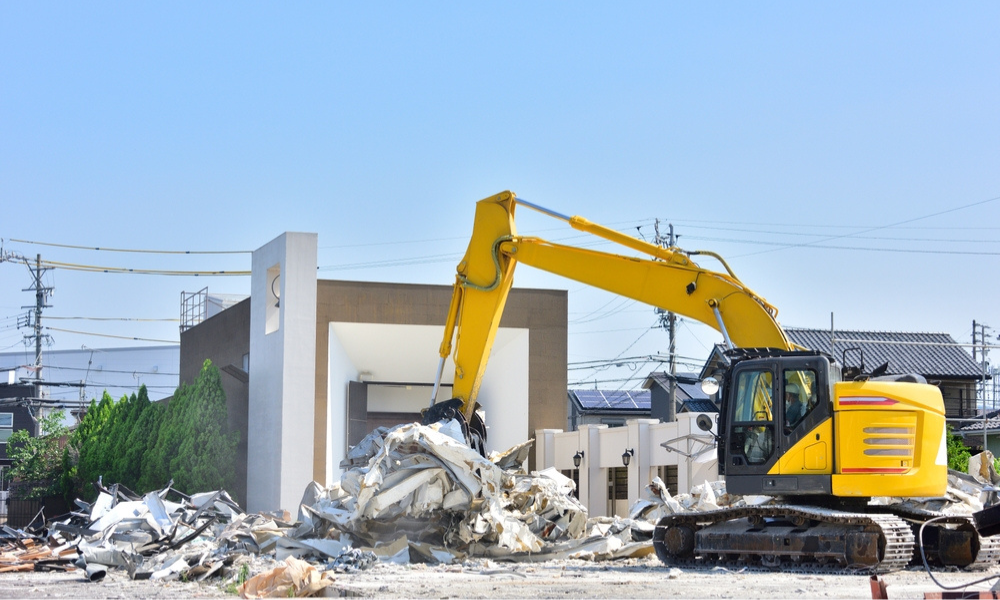Estimated reading time: 5 minutes
Taking down a structure isn’t just about wrecking balls and rubble—there’s a responsible way to do it. Over the years, I’ve witnessed how much debris a single project can create. Without careful planning, tons of reusable components end up in landfills instead of being repurposed.
Fortunately, there’s a smarter way. With strategic methods, professionals like me ensure that valuable resources don’t go to waste. Whether you’re a contractor, homeowner, or simply interested in greener building practices, this guide will break down how we minimize environmental impact while handling deconstruction efficiently.
What You’ll Learn in This Guide:
Why conventional teardown methods generate excessive debris
How precision-based removal saves reusable components
The role of recycling and salvaging in sustainable site clearances
Smart approaches for dust control and hazardous substances management
Why eco-conscious methods benefit both the planet and your budget
The Problem with Traditional Demolition
I’ve seen it time and again—an old structure comes down, and truckloads of debris are hauled away, destined for the dump. While this might be the quickest method, it’s far from the most responsible.
Excessive Waste: Usable wood, metal, and brick are often discarded instead of repurposed.
Environmental Pollution: Airborne particles lower air quality, while chemical contaminants seep into soil and water sources.
Lost Resources: Without a recovery strategy, perfectly good building components are wasted.
Thankfully, modern deconstruction methods make it possible to reclaim materials, reduce pollution, and create a cleaner, more efficient process.
Eco-Conscious Strategies: How I Reduce Debris & Reuse Valuable Resources

1. Precision-Based Removal: Salvaging Before Clearing
Instead of flattening an entire structure in one go, I focus on selective removal—a planned approach where valuable elements are removed first.
Doors, windows, and fixtures can be repurposed or donated.
Metal, wood, and stone are separated for reuse or resale.
Bricks and tiles are cleaned and integrated into new projects.
This strategy doesn’t just cut down on unnecessary dumping—it also makes financial sense, since recovered resources can offset new material costs.
(More on Preparing a Site for Renovation)
2. Recycling: Converting Old Materials into New Uses
Discarded debris isn’t worthless—it’s a potential asset. With the right handling, construction leftovers can serve a second purpose.
Concrete is crushed into gravel for roads and foundations.
Metal elements are melted down for manufacturing new products.
Timber is processed into mulch, reclaimed wood, or even furniture.
By ensuring these components find new life, I help reduce landfill overflow while lowering costs for future projects.
(DIY or Hire a Pro? Understanding Your Options)
3. Air Quality Protection: Controlling Dust & Pollutants
Ever seen a job site covered in thick clouds of dust? Besides being unsightly, it’s also a serious health risk. Airborne particles can contain asbestos, lead, and other hazardous substances, making proper dust management critical.
To keep exposure to a minimum, I use:
Water spraying systems to prevent dust clouds
Protective barriers around the work area
Specialized air filtration to keep nearby spaces clean
Taking these precautions protects workers, nearby residents, and the environment.
(Staying Safe While Watching a Project Unfold)
4. Managing Hazardous Substances Responsibly
Not every component of a building is safe to remove without preparation. Some contain dangerous substances that require special handling.
Asbestos Removal: Licensed professionals assess and safely extract hazardous insulation before work begins.
Lead & Chemical Containment: Older structures may contain harmful coatings and residues that need to be properly disposed of.
Strict Disposal Guidelines: Any potentially toxic debris is taken to authorized processing facilities.
Proper waste handling isn’t just about environmental responsibility—it’s also required by law. Cutting corners here can result in fines, contamination, or worse, health issues for those on-site.
(What to Expect from a Commercial Tear-Down)
5. Smarter Equipment for Reduced Impact
Gone are the days when every site relied on fuel-heavy machines spewing exhaust. Today, energy-efficient technology allows for cleaner, quieter, and more precise work.
Electric and hybrid machinery reduces emissions
Advanced robotics improve efficiency and lower waste levels
On-site processing minimizes transport-related pollution
By integrating modern technology, I make the job safer, cleaner, and more efficient for everyone involved.
(Tech’s Role in Modern Site Clearing)
Why Responsible Demolition is Smart Business
You might assume that sustainable site clearing is more expensive, but in reality, it can actually save money.
Lower Disposal Costs: Recycling cuts down on expensive landfill fees.
Resale Value of Salvaged Materials: Reclaimed components can offset project costs.
Potential Tax Incentives: Some locations offer financial benefits for sustainable practices.
By thinking ahead, contractors and property owners alike can turn waste into value.
(Breaking Down the Costs of Hiring a Crew)
Final Thoughts: A Greener Approach to Demolition
Sustainable site clearing isn’t just a trend—it’s the future of the industry. By focusing on precision removal, recycling, dust control, hazardous material management, and modern technology, I help reduce waste while ensuring a cleaner, more efficient process.
Whether you’re tackling a small residential job or a large commercial project, responsible deconstruction methods make a difference—for the environment, for your budget, and for the industry as a whole.
Thinking about a project? Let’s make sure it’s done the right way—efficiently, safely, and with minimal waste.(A Simple Guide to Residential Site Clearing)



